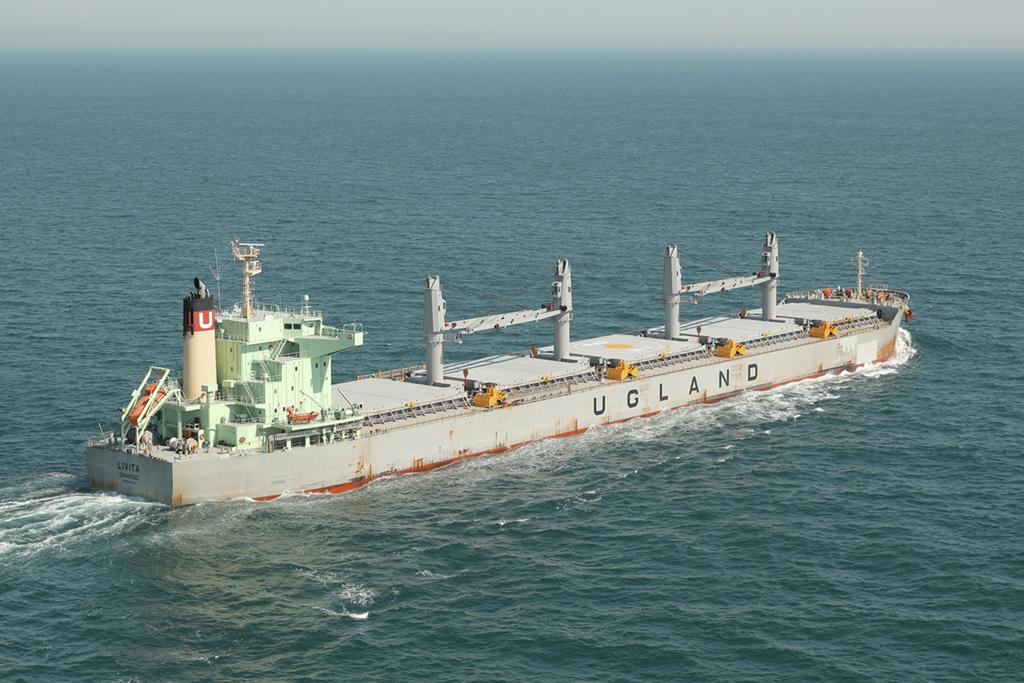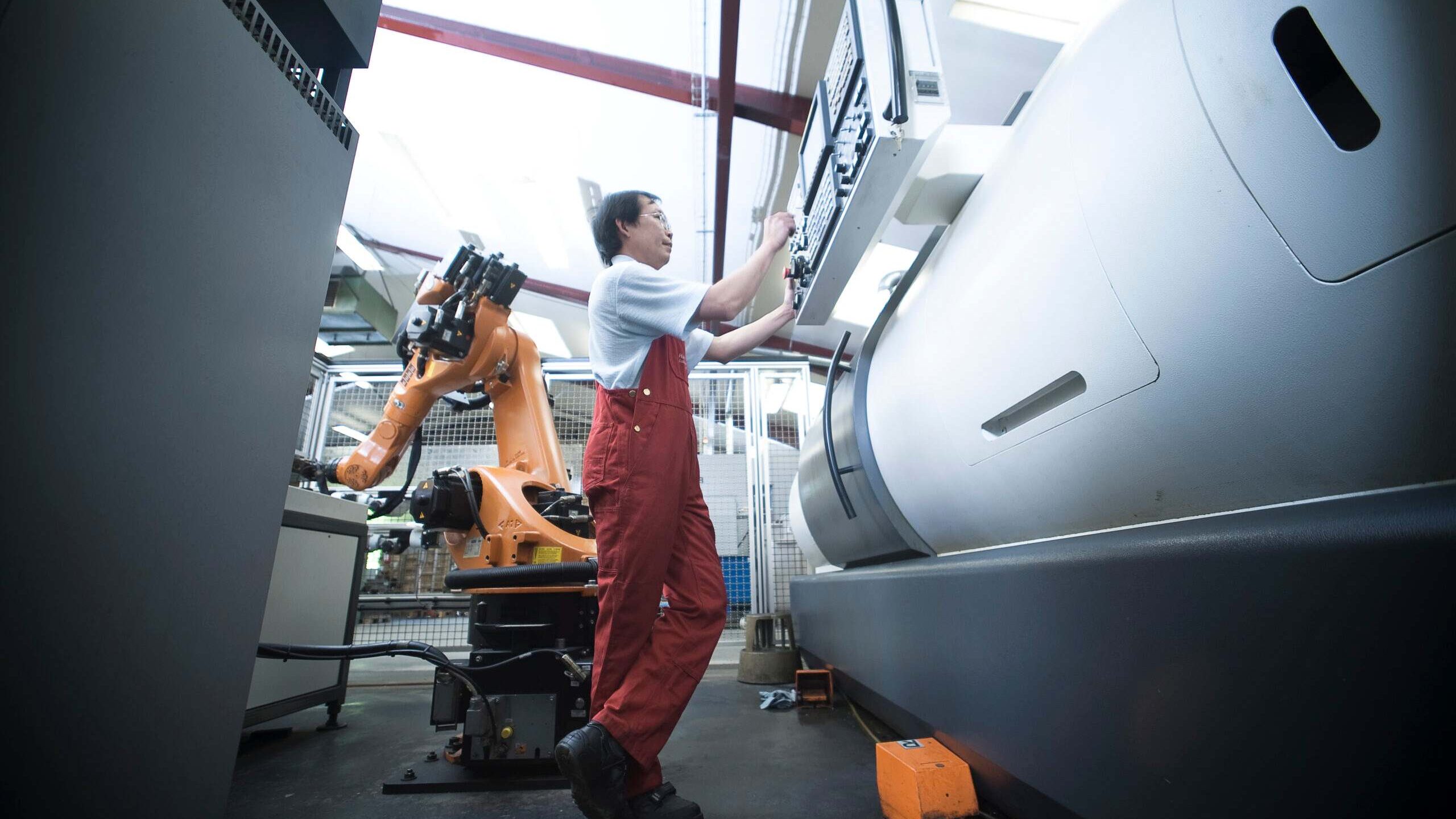
Reduce the risk of scuffing in cylinder liners
Scuffing in cylinder liners is a serious risk for marine vessels that might lead to costly engine repairs and prolonged downtime. By understanding the causes, you can take preventive measures to reduce the risk of scuffing and ensure optimal engine performance, reliability, and longevity. With the right knowledge and precautions, you can protect your engine against cylinder scuffing and enjoy efficient operations and lower maintenance costs.
What is cylinder scuffing?
Cylinder scuffing is a form of micro welding or direct contact between the cylinder liner and piston rings. This occurs when the lubricant film breaks down or fails due to various reasons, leading to noticeable friction wear that can be identified by observing a dragged or furrowed appearance on the liner surface.
If left unaddressed, cylinder scuffing can lead to significant damage to the engine, resulting in reduced efficiency, increased maintenance costs, and potentially equipment failure. Therefore, preventing cylinder scuffing is crucial for optimal engine performance, efficient operation, and safe equipment handling.
What causes cylinder liner scuffing?
Running a two-stroke engine efficiently is becoming increasingly complex. Enhanced environmental regulations (such as SECA, IMO2020, EEXI and CII), changes in marine engine design (now operating at higher temperatures and pressures), new operation requirements (slow steaming/part load operation), and the reduced specialism of crew all add to this.
As mentioned, cylinder liner scuffing is a common risk that can significantly impact engine performance and cause extensive damage to equipment. The scuffing can occur due to several reasons, including:
- Incorrect lubrication: Insufficient lubrication of the cylinder liner can result in increased friction between the piston rings and the cylinder liner––leading to scuffing. For example, the origin can be the wrong setting of the feed rate or low load operation when a conventional lubrication system applies too many dry strokes between lube oil injections that breaks the oil film (0 to 50 μm).
- Abrasive wear: Is caused by abrasive particles called cat fines, in the fuel oil. Fuels today and especially Low Sulphur Fuels contain abrasive particles in form of cat fines causing a rough scratched cylinder liner and piston rings that prevent the hydrodynamic oil film from working efficiently.
- Deposit build-up: Build-up of excess deposits on piston crown topland prevents a protective oil film layer to form on the liner surface. Furthermore, deposits can be situated in the piston ring clearance, preventing the rings from moving freely. Typical causes are over lubrication or wrong BN where excessive additives transform into deposits on the piston land and rings during combustion.

Services
Experiencing cylinder problems?
CYLINDER CONDITION OPTIMIZATION PROGRAM: Hans Jensen Lubricators offer the most comprehensive analysis of your cylinder on the market. Tailor the program to fit your specific needs and work closely with independent cylinder specialists.
How can you reduce the risk of cylinder liner scuffing?
- Optimizing feed rate: The optimal feed rate depends on the fuel quality, Base Number (BN) of the cylinder lube oil, engine condition and engine load. The optimal feed rate is typically around 0.5 g/kWh using HJL technology. This requires fresh cylinder oil injected in each engine revolution and that the oil is injected as a spray/atomization on the entire liner surface (Patented).
- Monitor operating temperatures: Monitoring the operating temperature of the cylinder liner wall can help prevent cylinder liner scuffing caused by high temperatures. An elevation in temperature might provide an early indication of increased friction between piston rings and liners.
- Regular inspections: Regular monitoring of the cylinder components is essential in preventing cylinder liner scuffing. This includes regular inspection via the scavenge ports, scrape down analysis of the oil from the cylinder liner wall, fuel reports and other data., and
Advanced lubrication systems: One of the most effective ways to reduce the risk of cylinder liner scuffing is to use high-quality lubrication systems. Flexible lubrication systems with advanced features help ensure proper lubrication of the cylinder liner during all operational conditions and reduce the risk of scuffing.
These steps play a vital role in mitigating scuffing risks and maintaining engine integrity. At Hans Jensen Lubricators, we are dedicated to equipping our customers with the necessary tools and expertise to ensure seamless and efficient engine performance.
Discover more about our advanced lubrication system offerings here and empower your engines with optimal care.